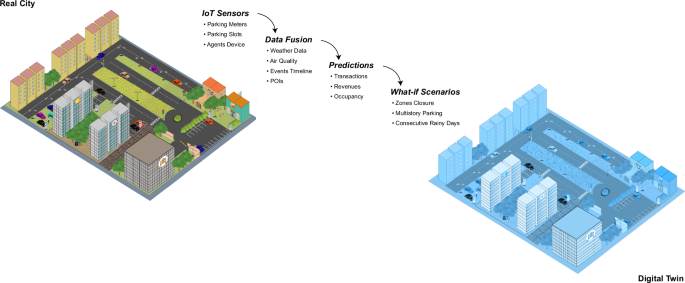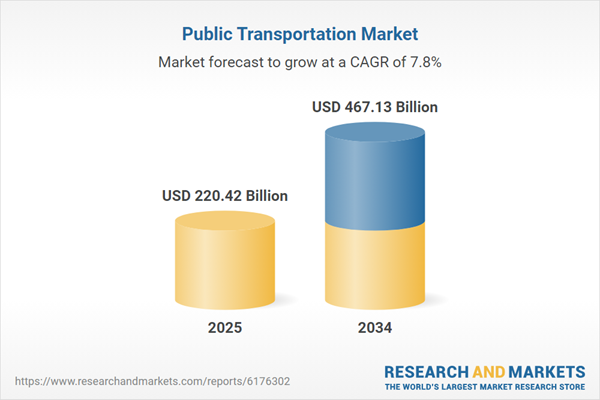Report on a Novel E-Waste Recycling Method and its Contribution to Sustainable Development Goals
Introduction: Addressing E-Waste through Sustainable Innovation
A new technological process has been developed for the recovery of Rare Earth Elements (REEs) from electronic waste, specifically discarded magnets. This innovation presents a significant advancement in sustainable resource management, directly addressing the challenges of e-waste and resource scarcity. The method, detailed in the Proceedings of the National Academy of Sciences, offers a low-energy, low-emission alternative to conventional extraction techniques, aligning strongly with several United Nations Sustainable Development Goals (SDGs).
The Flash Joule Heating Process
The core of the innovation is a process known as flash joule heating, which efficiently separates REEs from other materials found in waste magnets. This method supports the transition to a circular economy by enabling the recovery of valuable materials that would otherwise be lost.
- Waste magnets are ground into a powder and placed on a carbon platform within a sealed glass chamber.
- A powerful electric current is passed through the platform, generating intense heat (thousands of degrees Celsius) in a matter of seconds.
- Chlorine gas is introduced into the chamber.
- The chlorine reacts with non-REE materials, such as iron, forming chlorides. This chemical reaction lowers their boiling points, causing them to vaporize.
- The vaporized non-REE chlorides are removed, leaving the purified REEs behind for collection and reuse.
Alignment with Sustainable Development Goals (SDGs)
This research provides a tangible pathway toward achieving key global sustainability targets by transforming waste into a valuable resource.
- SDG 12: Responsible Consumption and Production: The technology is a prime example of advancing Target 12.5, which aims to substantially reduce waste generation through recycling and reuse. By creating an effective method for “urban mining” of e-waste, it promotes a circular economy model, reducing the need for virgin material extraction and minimizing the environmental impact of electronic products.
- SDG 9: Industry, Innovation, and Infrastructure: The development of this clean and efficient recycling process directly supports Target 9.4, which calls for upgrading infrastructure and retrofitting industries to make them sustainable. It represents a critical innovation for building resilient and environmentally sound supply chains for elements vital to modern technology.
- SDG 7 (Affordable and Clean Energy) and SDG 13 (Climate Action): The method is reported to use significantly less energy and be far less pollution-intensive than current recovery methods. This contributes to energy efficiency goals (Target 7.3) and helps mitigate climate change by reducing industrial emissions associated with both mining and waste processing (Target 13.2).
- SDG 8: Decent Work and Economic Growth: By enabling the domestic recovery of REEs from local waste streams, this technology can foster economic growth. It reduces reliance on volatile international supply chains and has the potential to create green jobs in the recycling and high-tech materials sectors.
Conclusion: A Step Toward a Sustainable Materials Economy
The development of the flash joule heating method for REE recovery is a significant scientific and environmental achievement. It demonstrates how targeted innovation can provide practical solutions to the dual problems of waste management and resource scarcity. By aligning industrial processes with the principles of sustainability, this research contributes directly to the global effort to achieve the Sustainable Development Goals, particularly those related to responsible production, clean energy, and sustainable industry.
Analysis of SDGs, Targets, and Indicators
1. Which SDGs are addressed or connected to the issues highlighted in the article?
- SDG 9: Industry, Innovation, and Infrastructure: The article focuses on a scientific innovation—a new method for recovering materials—which directly relates to upgrading industrial processes and fostering technological advancement.
- SDG 11: Sustainable Cities and Communities: The source material for this innovation is electronic waste (“discarded phones, bricked laptops”), a significant component of municipal waste that cities must manage.
- SDG 12: Responsible Consumption and Production: The core theme is creating a circular economy for electronics by recycling and recovering valuable materials from waste, which promotes sustainable resource management and waste reduction.
- SDG 13: Climate Action: The new process is explicitly described as using “less energy” and being less “emissions and pollution intensive” than current methods, contributing to climate change mitigation.
2. What specific targets under those SDGs can be identified based on the article’s content?
-
SDG 9: Industry, Innovation, and Infrastructure
- Target 9.4: “By 2030, upgrade infrastructure and retrofit industries to make them sustainable, with increased resource-use efficiency and greater adoption of clean and environmentally sound technologies and industrial processes…” The article describes a new, clean, and environmentally sound technology (flash joule heating) that increases resource efficiency by recovering REEs from waste instead of mining them.
- Target 9.5: “Enhance scientific research, upgrade the technological capabilities of industrial sectors…” The article is centered on a scientific research breakthrough (“a team of researchers says it has developed a way…”) published in a major scientific journal, which represents an enhancement of scientific research aimed at solving industrial challenges.
-
SDG 11: Sustainable Cities and Communities
- Target 11.6: “By 2030, reduce the adverse per capita environmental impact of cities, including by paying special attention to air quality and municipal and other waste management.” The technology provides a solution for managing electronic waste, a key part of the municipal waste stream, thereby helping to reduce the environmental impact of cities.
-
SDG 12: Responsible Consumption and Production
- Target 12.2: “By 2030, achieve the sustainable management and efficient use of natural resources.” The process of recovering REEs from discarded electronics is a direct example of achieving more efficient use of natural resources by treating waste as a “treasure trove.”
- Target 12.5: “By 2030, substantially reduce waste generation through prevention, reduction, recycling and reuse.” The method is a form of high-tech recycling that turns e-waste back into valuable raw materials, directly contributing to the reduction of final waste volume.
3. Are there any indicators mentioned or implied in the article that can be used to measure progress towards the identified targets?
-
For Target 9.4 (Sustainable Industries and Clean Technologies)
- Implied Indicator: Reduction in energy consumption per unit of recovered material. The article states the new method “uses less energy” than current ones.
- Implied Indicator: Reduction in emissions from the material recovery industry. The article mentions the process is “not nearly as emissions and pollution intensive as current methods.”
-
For Target 12.2 (Efficient Use of Natural Resources)
- Implied Indicator: Material recovery rate. The success of the technology would be measured by the efficiency and quantity of REEs it can “pull… right back out of the waste.”
-
For Target 12.5 (Waste Reduction and Recycling)
- Implied Indicator: Tonnage of electronic waste recycled or processed. The application of this technology would directly contribute to the amount of e-waste that is recycled rather than discarded.
SDGs, Targets and Indicators Table
| SDGs | Targets | Indicators |
|---|---|---|
| SDG 9: Industry, Innovation, and Infrastructure | 9.4: Upgrade industries to make them sustainable and increase adoption of clean and environmentally sound technologies. | Reduced energy consumption and emissions in the material recovery process compared to traditional methods. |
| SDG 11: Sustainable Cities and Communities | 11.6: Reduce the adverse per capita environmental impact of cities, including waste management. | Increased tonnage of urban electronic waste processed and diverted from landfills. |
| SDG 12: Responsible Consumption and Production | 12.2: Achieve the sustainable management and efficient use of natural resources. | Higher recovery rate of rare earth elements from waste streams. |
| SDG 12: Responsible Consumption and Production | 12.5: Substantially reduce waste generation through recycling. | Proportion of e-waste treated through recycling methods like the one described. |
Source: arstechnica.com







